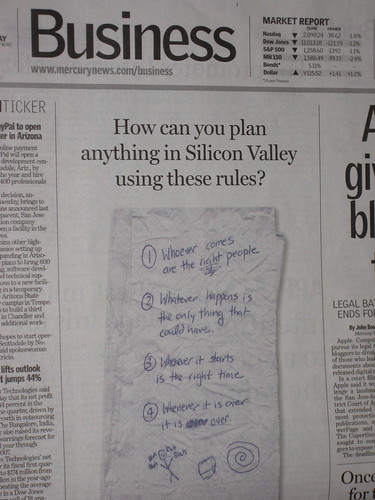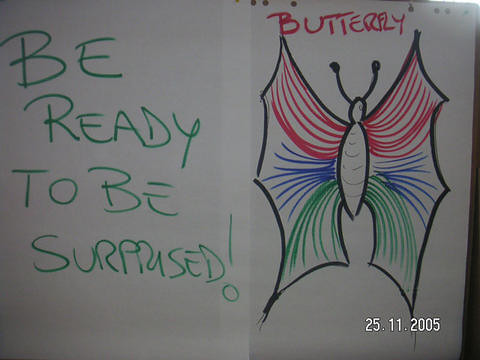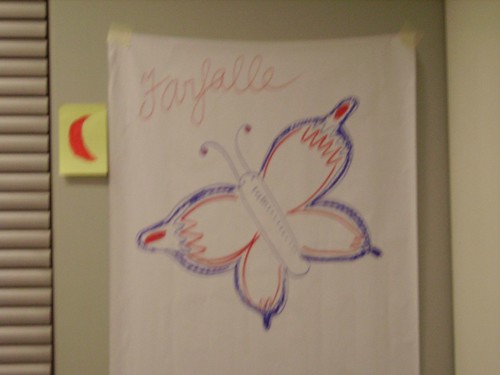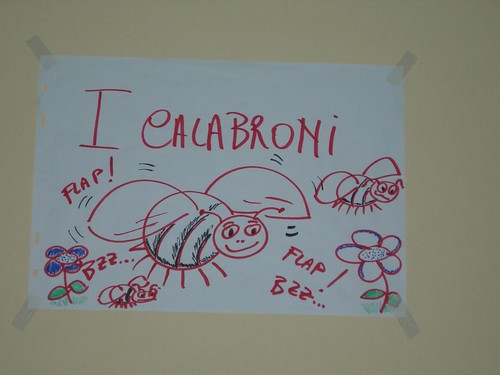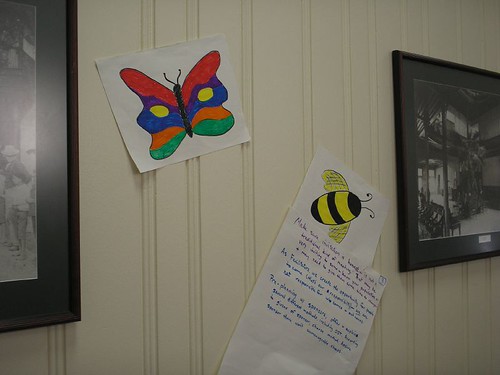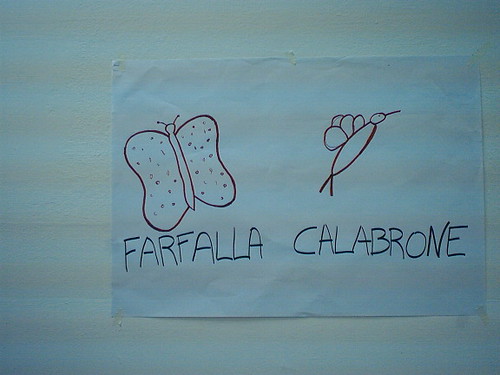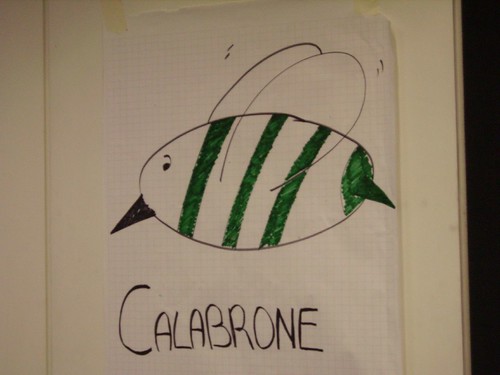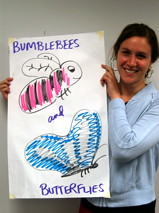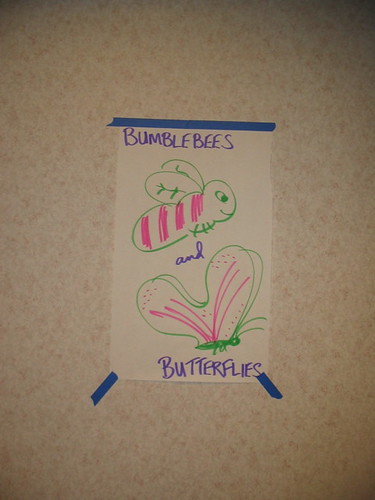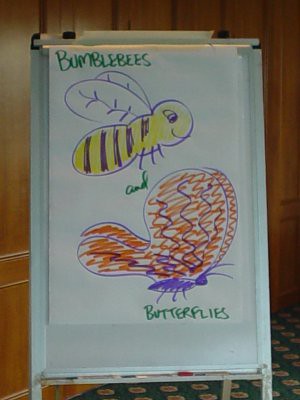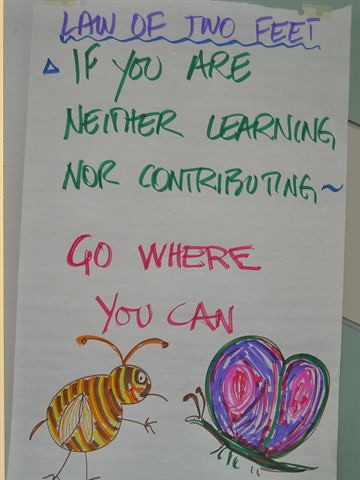Open Space in Conflict Situations
Elwin Guild recently posted to the OSLIST a report from an OSonOS by the Sea conversation about Opening Space in Conflict. Four case studies were presented as examples of a wide variety of conflict instances where Elwin has used OST:
1. [A] consulting contract with a small and defective office within the U.S. Dept of Interior. This was a two-day “team building†workshop that was in reality a “set-up†to eliminate/terminate one of the office employees. The new boss felt this person was an obstructionist and determined to cause trouble for him.
2. A 2 1/2 day OST for an International Consulting firm that just underwent a senior management coup d’etat in order to launch a “global†marketing strategy.
3. A series of four 2 1/2 day OSTs each with 30 participants representing Croat, Serb and Bosnian Muslim NGO leaders in equal numbers (10). The objective was to find improved management strategies for post-war operations.
4. The surrender of the Communist National Dairy Union to the Bulgarian
Dairy Association during a 2 1/2 day OST with 253 participants.
Elwin’s notes about how each one turned out can be read here in the OSLIST Achives.

